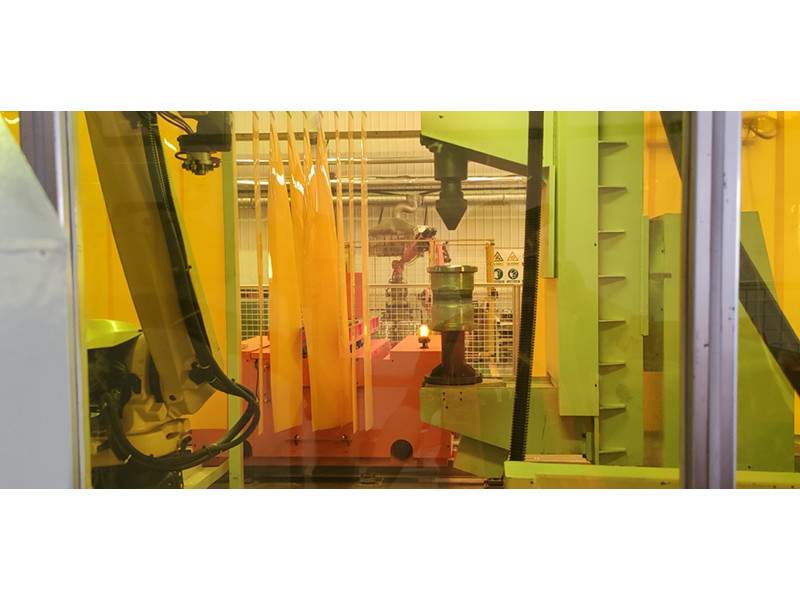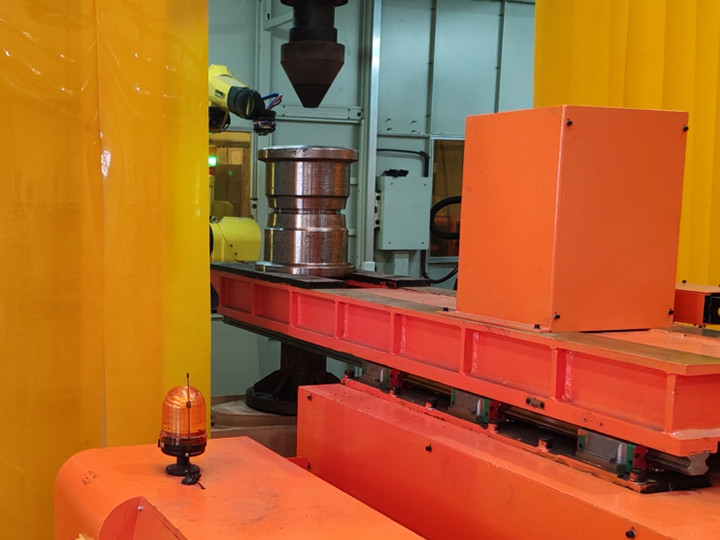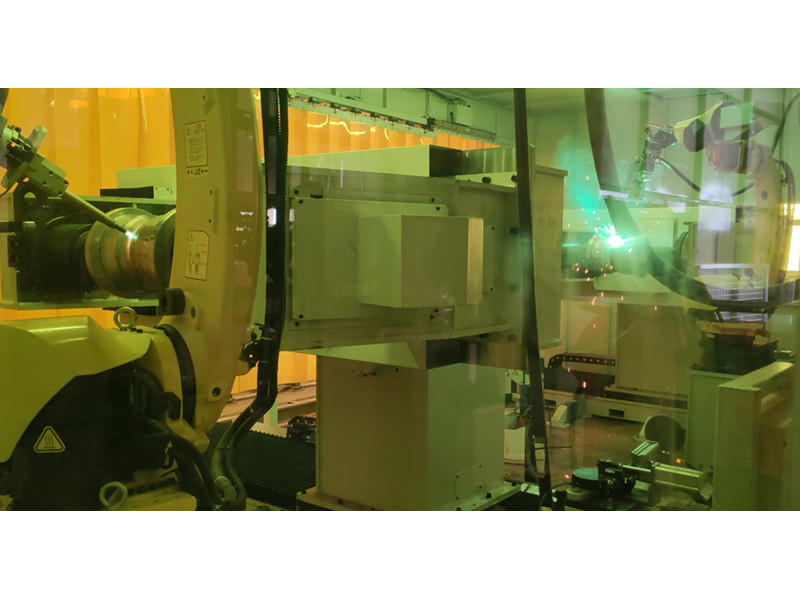Analysis of the Core Advantages and Application Scenarios of Robot Brazing Machines
In today's era of rapid development of intelligent manufacturing, robot brazing machines have become an indispensable automated tool in modern manufacturing, thanks to their outstanding performance and diverse functions. By integrating high-precision control technology and intelligent programming systems, this equipment has significantly improved the efficiency and quality of welding operations and is widely used in high - demand fields such as automobile manufacturing, electronic equipment, and aerospace.
The robot brazing machine uses the coordinated work of laser vision sensors and servo motors, enabling the error of the welding torch movement trajectory to be less than ±0.1 mm, far exceeding the ±1 - 2 mm level of manual welding. This precise control ensures the consistency of the weld shape, depth, and strength, reducing the defective product rate to less than 10% of that of traditional processes. It is especially suitable for the processing requirements of micron - level solder joints in precision electronic components and miniaturized equipment.
II. Efficient Production Shortens the Manufacturing Cycle
With the ability to operate continuously for 24 hours, the effective daily working time of the robot brazing machine can reach over 20 hours, more than tripling the 8 - 10 hours of manual welding. Taking a steel structure factory with an annual production capacity of 100,000 tons as an example, the production capacity can increase by 50% - 80% after introducing this technology. The rapid change - over technology further optimizes efficiency. It only takes a few minutes to complete the program switch for workpieces of different specifications, while traditional manual adjustment takes several hours.
III. Adaptability to Multiple Scenarios and Safety Assurance
The equipment performs excellently in harsh environments such as high - temperature conditions (e.g., welding engine components) and confined spaces (ship cabins). The built - in collision detection sensors and power limit mechanisms can automatically enter the safety mode when in contact with the human body. The lightweight design reduces the equipment load by 30% while keeping the electrode pressure accuracy within an error range of 0.5%, which not only ensures operation safety but also enhances the flexibility of movements.
IV. Economic Benefits and Cost Optimization
The pay - back period for the initial investment usually does not exceed two years, mainly due to the savings in labor costs (reducing the demand for welders by over 60%) and the control of material waste. Taking the welding of automobile body - in - white as an example, robot brazing reduces the cost of solder joints per vehicle by 45%, and the fixture system with a re - usability rate of up to 95% significantly reduces secondary investment.
V. Cross - industry Application Expands the Innovation Boundaries
- Automobile Manufacturing: It can complete high - strength welding of body structural parts, and a single device can process more than 5,000 solder joints per day.
- Electronic Equipment: It can achieve precise welding of integrated circuits with a 0.2 - mm pitch, increasing the qualified product rate to 99.9%.
- Aerospace: It is used for vacuum brazing of special materials such as titanium alloy to ensure the fatigue - resistant characteristics of structural parts.
- Rail Transit: It enables multi - station synchronous welding of large - scale vehicle body components, shortening the production cycle by 40%.
With the in - depth integration of 5G communication and Internet of Things technologies, the new - generation robot brazing machines are developing towards adaptive parameter adjustment and multi - machine collaborative operation. Their core value lies not only in replacing repetitive labor but also in promoting the transformation and upgrading of the manufacturing industry towards intelligence and green development through data - driven process optimization, providing technical support for enterprises to build long - term competitive advantages.


